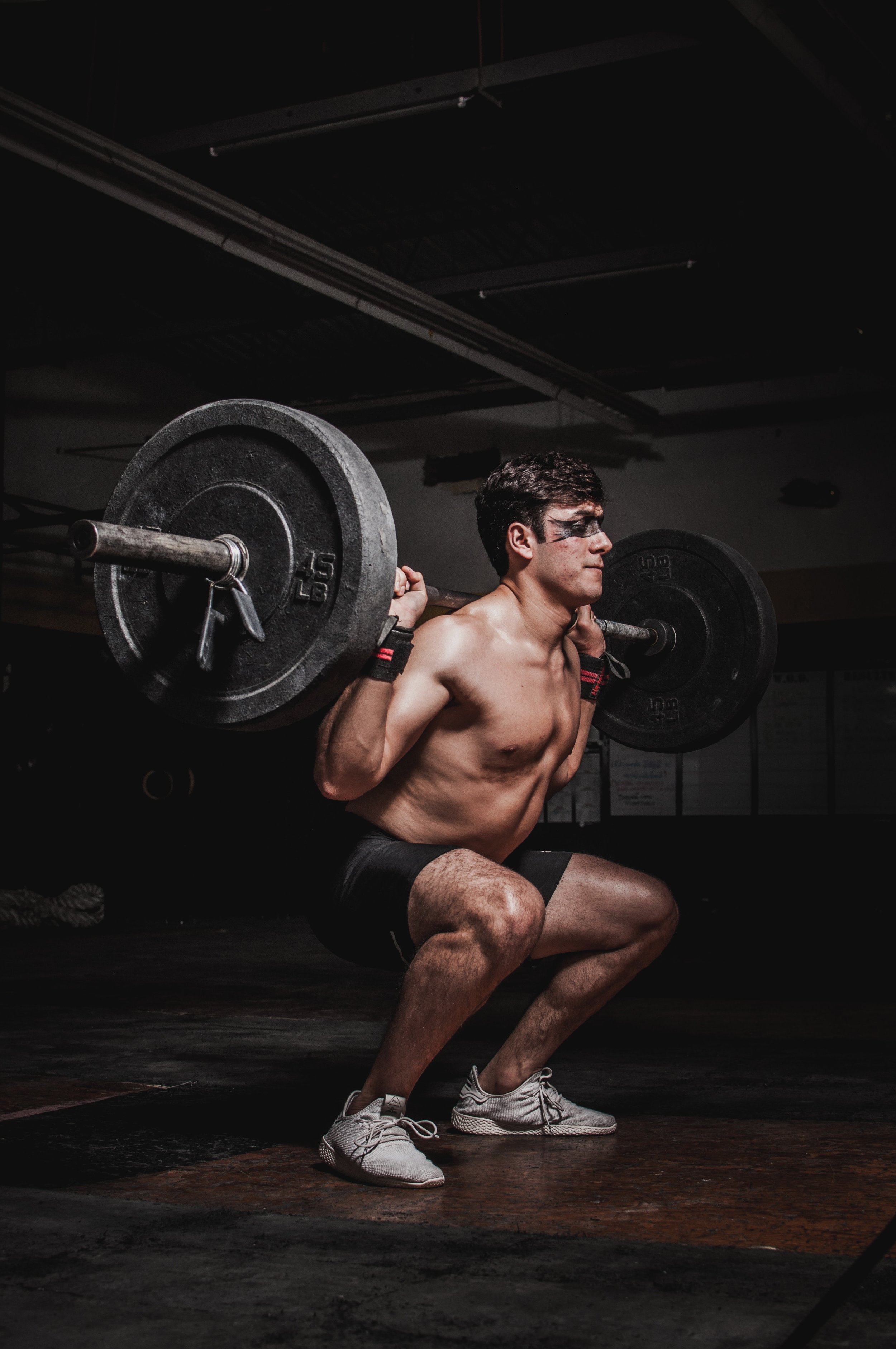The squat may be one of the best exercises for the development of strength and mobility through the lower quarter of the body. It is often used as the foundation of strength training by both recreational athletes and pro athletes alike. I often use the squat in our Physical Therapy practice with patients recovering from arm, leg, or spine injuries as they progress through their rehabilitation programs. The squat’s multi joint nature requires a tremendous amount of coordination and proper technique to avoid compensatory movements which may place an individual at risk of future injury. No where is this more apparent than in our young athletes asked to perform olympic lifting without proper training in technique.
After an athlete returns to activity a common question we receive is how deep should I squat? The easy answer is it depends, but in a healthy athlete there is no risk of squatting below parallel thighs. At 90 degrees of knee bend the highest amounts of joint pressure are placed across the knee, but deeper squats do not increase this pressure (Hehne et al. 1990). Patients who stop at one quarter or one half the distance to the floor likely require greater weights in order to stimulate the physiological changes consistent with muscle hypertrophy or strength development. This increase in weights increasing the loading on the spinal and knee joints compared to a lighter weight used through the full range of motion in the deep squat. Conversely, working through a deeper range of motion, given proper technique, has been shown to improve load distribution through the leg and reduce forces at the knee (Hartmann et al. Sports Medicine. 2013).
Athletes with patellofemoral pain, pain on the front of the knee, or knee osteoarthritis should limit their squat depth to one quarter. Avoiding this degree of movement will reduce forces across the knee joint. Healthy athletes should work through their available range of motion to maximize strength and performance gains. To learn more about how the squat can improve your strength and performance or safely strengthen your legs after a knee injury contact your local Physical Therapist.

